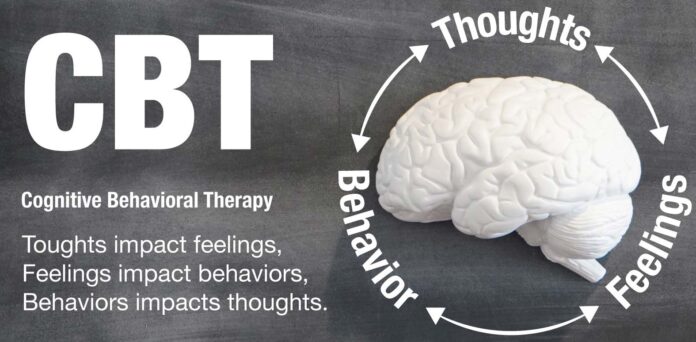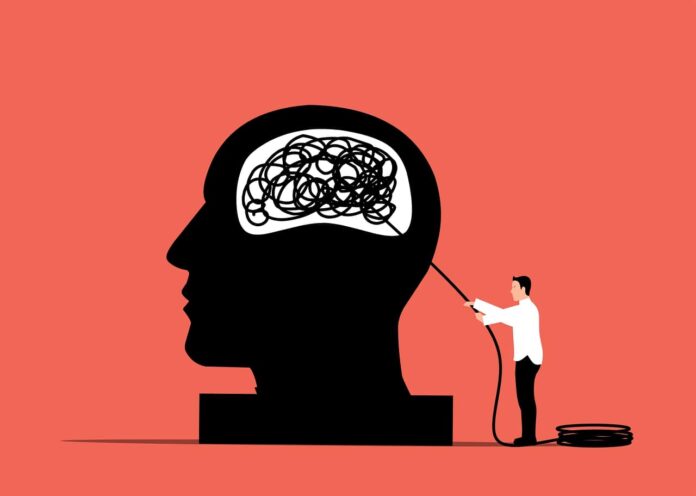Struggling with Negative Thoughts? CBT Can Help
Negative thoughts often act like invisible weights. They add pressure, distort perspective, and quietly influence how people view themselves, others, and the future. Persistent patterns of automatic self-criticism, fear of failure, or relentless guilt may not disappear without intervention. Cognitive Behavioral Therapy (CBT) stands as one of the most effective strategies for reshaping harmful thought patterns and improving emotional well-being.
Many professionals in the mental health space endorse CBT for its practicality and consistent results. Experts at Empower Psychotherapy also emphasize how structured methods in CBT can help individuals identify distorted beliefs, reframe their thinking, and develop healthier coping strategies. With support from trained clinicians and clear therapeutic goals, individuals often notice measurable progress. The power of CBT rests in its step-by-step approach and its evidence-backed success in reducing anxiety, depression, and other common emotional struggles.

Cognitive Behavioral Therapy operates on a straightforward principle. Thoughts influence emotions. Emotions influence behavior. By identifying and modifying irrational or distorted thoughts, individuals gain greater control over their emotions and reactions. The method is clear, structured, and usually short-term, making it suitable for both first-time therapy seekers and those looking for targeted intervention.
CBT breaks down complex emotional reactions into manageable parts. When someone feels overwhelmed by stress or anxiety, CBT helps them slow down the process. Rather than reacting automatically to a distressing situation, CBT introduces space for reflection, evaluation, and change. By working through specific thought patterns with guidance, people can challenge harmful beliefs and replace them with more realistic and helpful perspectives.
Sessions often include homework assignments, which reinforce progress outside the therapy room. Keeping thought records, practicing relaxation methods, or testing out new behaviors in daily life helps cement positive changes.
It is not a one-size-fits-all solution, but its flexibility and structure make it widely applicable. The approach has shown proven success in treating several mental health conditions, including:

People with excessive worry often find relief through CBT techniques that address catastrophic thinking and intolerance for uncertainty. By practicing new mental habits, anxiety becomes less dominant.
This compound assists individuals in recognizing the negative beliefs that sustain hopelessness or guilt. Structured behavioral activation tasks also help individuals re-engage with positive activities.
It also helps with identifying intrusive thoughts and replacing rituals with healthier coping strategies. Exposure and Response Prevention (ERP), a form of CBT, is particularly effective in this area.
Distorted beliefs about being judged or rejected can take over social interactions. CBT encourages individuals to test their assumptions and gradually face social situations with greater confidence.
For trauma survivors, CBT supports processing past events, managing flashbacks, and breaking associations that trigger fear responses.
CBT offers practical tools that empower individuals to manage their internal dialogue. Some of the most common include:
This technique involves identifying irrational thoughts and replacing them with balanced, accurate alternatives. For example, shifting from “I always fail” to “I faced a challenge today, but I learned something useful.”
Therapists often guide individuals through small experiments to test the reality of their fears. For instance, someone afraid of public embarrassment might practice speaking in front of a safe audience to disprove their assumptions.
Tracking thoughts throughout the day helps identify recurring patterns. Individuals learn to examine evidence for and against their beliefs, creating more space for objective evaluation.
CBT helps break problems into smaller steps. Rather than feeling overwhelmed, individuals learn to assess obstacles and apply logical strategies.
Gradual exposure to feared situations helps retrain the brain. Instead of avoiding discomfort, individuals build tolerance and reduce avoidance behaviors.

Many therapeutic methods focus on emotional insight or past experiences. CBT, in contrast, emphasizes practical steps and present-focused interventions. It operates with specific goals and a limited number of sessions. Each meeting includes measurable objectives and reviews of progress.
CBT encourages collaboration. The therapist and the individual work as a team. The process involves active participation, rather than passive conversation. That makes CBT especially appealing for individuals who want tools they can apply immediately.
It also integrates well with other strategies. For example, individuals using medication or practicing mindfulness can often combine those efforts with CBT for enhanced results.
Children often express distress through behavior, rather than words. CBT techniques adapted for young people include visual aids, games, and creative exercises. The aim remains the same: helping them understand their thoughts and develop healthier ways of interpreting their world.
For teenagers, CBT supports identity development, academic stress, and social pressures. Teaching them how to handle self-critical thinking, peer conflict, or performance anxiety builds lifelong skills. Schools, pediatricians, and parents often collaborate with therapists to ensure continuity across environments.
Digital access to mental health support has grown. Self-guided CBT programs, apps, and video therapy sessions make care more accessible. These options work best for individuals with mild to moderate concerns who feel comfortable working independently or with minimal guidance.
Online CBT often includes mood trackers, journaling prompts, and structured exercises. Many people benefit from combining these tools with occasional check-ins from a licensed therapist.
However, not every digital CBT platform maintains the same quality. Choosing programs developed or overseen by licensed professionals increases the chances of success.

Research consistently supports the effectiveness of CBT. Randomized controlled trials have demonstrated significant improvement in symptoms of anxiety, depression, and trauma. Long-term studies also show sustained results, especially when individuals continue applying the skills they learn in therapy.
Functional MRI studies reveal changes in brain activity after CBT. Areas related to emotional regulation become more active, while fear centers show reduced stimulation. This suggests that CBT does more than change behavior. It alters the way the brain processes emotional information.
The structure, consistency, and practical orientation of CBT align with how people naturally solve problems. That gives the therapy a strong foundation in both psychological theory and real-life application.
The first few sessions usually involve assessment and goal setting. The therapist asks about current concerns, past history, and what the person wants to achieve. Once clear goals are identified, the therapist creates a plan.
Each session includes reviewing progress, practicing new skills, and identifying any setbacks. Individuals are often given assignments to complete between sessions, such as monitoring specific thoughts or applying a skill in daily life.
Therapists provide tools, but the individual’s motivation determines how effective CBT becomes. The more someone invests in the process, the more change becomes possible.
Negative thoughts do not need to dominate daily life. Cognitive Behavioral Therapy offers a practical, structured path for gaining control. With tools that address both thinking patterns and behaviors, CBT empowers individuals to reshape how they experience stress, anxiety, or sadness.
For those searching for effective support, CBT provides clear steps and measurable outcomes. Experts agree on its value, and people across age groups continue to benefit from its practical focus. Starting therapy can feel intimidating, but each small effort leads to noticeable progress. CBT proves that change does not require waiting for insight to arrive. It begins with action.








